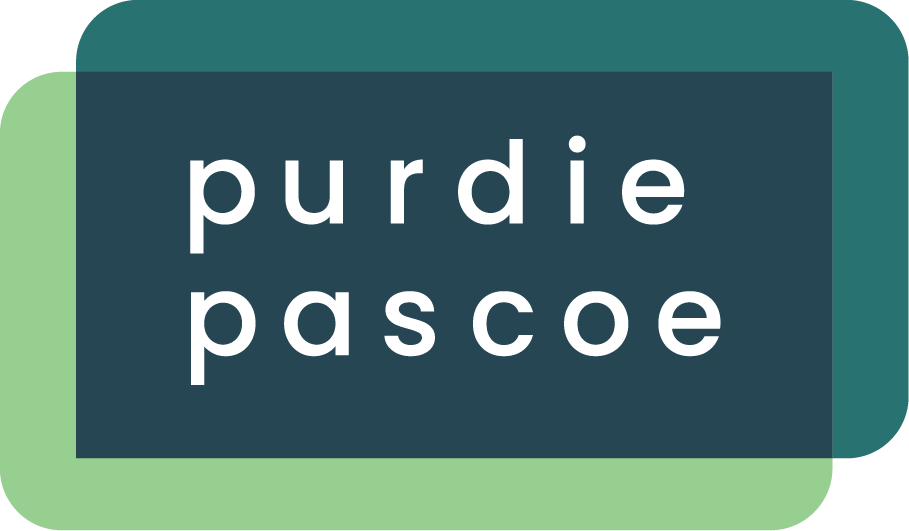The Price is Right – a guide to pricing techniques
Many of the projects we do at Purdie Pascoe involve pricing or even have pricing as the principal objective. Our clients are constantly coming up with great new products, or improvements to existing ones, and they want to know if people will pay for them.
Sample design
The first dilemma when designing pricing projects is that the stakeholders most likely to appreciate the benefits of these new products (clinicians) are unlikely to be the ones paying for them; conversely those who hold the purse strings (purchasers) are not best placed to evaluate the clinical gains on offer.
The ideal approach is to conduct qualitative work with both stakeholder groups first, to understand how involved clinicians are in purchasing decisions, and how much clinical understanding purchasers have in the relevant category.
Budget and time constraints, however, often mean that a preliminary qual phase isn’t an option, in which case we would typically prioritise the clinical viewpoint. Clinicians normally have at least some input into purchasing decisions (and we can set quotas to ensure inclusion of a minimum number who have more hands-on involvement, e.g. members of relevant Purchasing Committees), whereas asking purchasers for pricing feedback on products they don’t know much about tends to be unproductive.
Actual prices, or percentage premiums?
The next challenge is around current price awareness: in many categories, clinicians don’t have a firm (or in some cases, any) idea of how much the products they are using cost. This is especially true in markets with predominantly social healthcare systems.
In these situations, one workaround is to provide an ‘anchor’ price, e.g. ‘please assume today’s products typically cost $400-450’. Using actual prices instinctively feels more realistic, but this approach falls down if the actual price range for current products is very wide. Another potential issue is if the respondent is aware of costs, but they are paying a higher or lower amount than the range given (perhaps because of the volume their hospital purchases).
An alternative solution that we often use at Purdie Pascoe is percentage premiums, e.g. ‘if Product X cost 10% more than the product you’re using today….’ This approach depends on having a good estimate of current product costs, so a variation could be to use the current market-leading product as the anchor point for all respondents.
Van Westendorp
The two pricing specific exercises we most often use are Van Westendorp and Gabor Granger. Van Westendorp simply asks respondents at what prices they would consider a new product to be ‘too cheap’ (the exact wording around this option can vary; in some cases clients don’t like to introduce the concept of ‘too cheap to trust the quality’), ‘good value’, ‘becoming expensive’ and ‘too expensive’.
Purdie Pascoe typically recommends this approach for truly novel products with no obvious comparators, where price tolerance is hard to predict. Analysis of responses reveals an acceptable range and an optimum point, at which the same number of people feel the price is either too low or too high.
Gabor Granger
Gabor Granger is more prescriptive, asking respondents for their willingness to use the new product at 4 or 5 pre-set price points. At price points where their willingness-to-pay is high, they are asked a subsequent question about the % of cases they would use it in at that price. We recommend this exercise when the likely range of acceptable prices is more predictable. It provides more information, with the addition of the volume question, but the risk is that if you don’t have a good idea of the likely response range, the price points may be pitched too high or too low.
Conjoint
The other type of exercise we often use for pricing is conjoint, typically DCM. Where budget and survey length allow, conjoint can answer so many questions – and pricing is usually the linchpin of the exercise. I’ve written about conjoint elsewhere, so won’t go into in detail here, but it allows you to attribute relative values to each improvement the new product might offer. It also allows you to test your ‘baseline’ or ‘optimum’ product profiles at different price points.
Limitations of pricing research
I always remind clients that pricing research has its limits. It’s not a case of feeding inputs into a machine, which then spits out the optimal price point. The most obvious limitation is the one I mentioned already – the people you’re most likely to be asking (clinicians) are not going to be paying from their own pockets. What you are really finding out is the relative amount of value that they see in your product.
I also point out that when we use an exercise that gives likely usage volumes like Gabor Granger or DCM, we can identify the likely best price in terms of revenue – but not profitability. A common example of this is when the lowest price tested looks like it will yield the highest revenue, but a higher price would generate almost as much revenue from far lower sales.
In this scenario, the optimal price will depend on the cost per sale: for a commodity product, the cost per sale may be very low and the lower price is therefore best price, but for a premium product with a high cost per sale, the higher price may make much more sense.
Summing up
As ever with market research, the quality of what you get out will depend on the quality of what you put in. The key ingredients are (a) a good understanding of who to ask and what they might be expected to know, (b) realistic expectations of what you will get at the end, for example a range rather than an exact answer, or a clear idea of the point at which willingness-to-pay dramatically drops off, and (c) support from an experienced agency like Purdie Pascoe.

